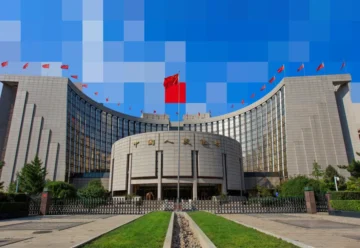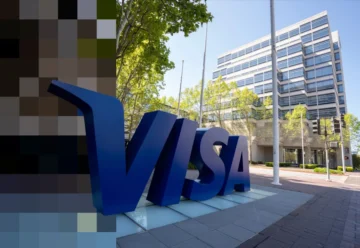Stellar and PwC Create Tool for Evaluating Blockchain Project Performance

Developers of the Stellar Development Foundation together with analysts from PricewaterhouseCoopers (PwC) have built a tool to assess the effectiveness of blockchain projects in emerging markets.
Developers of the Stellar blockchain network in cooperation with PwC analysts have published a document, presenting a toolkit for qualitative assessment of DLT projects. The main purpose of the developed framework is to determine which blockchain projects really contribute to financial inclusion.
The authors argue that successful implementation of blockchain projects that provide services to the public outside the banking system in developing countries requires a clear evaluation methodology and effective management. The developed tool evaluates such projects on four main parameters:
- Access. The ability of individuals, households, and firms to utilize the proposed products and services, given constraints of currency, distance, and time. This includes assessing the design of DLT projects and the ease of use of their apps.
- Quality. The appropriateness and suitability of the proposed financial solutions, including an assessment of user awareness of their functionality. This point involves examining scalability and long-term competitiveness.
- Trustworthiness. An assessment of the degree of security, privacy, and data transparency that users of blockchain applications can rely on, as well as compliance with regional regulatory standards.
- Usage. Examining how and for what specific purposes the application is used. At this stage, user behavior is analyzed.
Using the developed infrastructure, analysts identified two types of effective blockchain solutions that contribute to financial inclusion:
- Payment apps. Analysts found that blockchain projects enhance the accessibility of electronic payments by offering less than 1% transfer fees on average. In contrast, traditional financial apps charge fees of 2.7-3.5% for transferring funds. The data was derived from a study of 12 apps operating in Colombia.
- Apps for storing assets. Analysts argue that stablecoins help avoid inflation, while asset storage apps allow users to preserve their funds. The conclusion was based on data from an Argentinian stablecoin app.
Moreover, the evaluation system proposed by analysts was created in order to minimize the risks associated with the use of cryptocurrencies in emerging markets.
The intensification of potential financial risks in the use of digital assets is actively discussed by representatives of various central banks, and IMF analysts plan to develop a special tool for their assessment.











